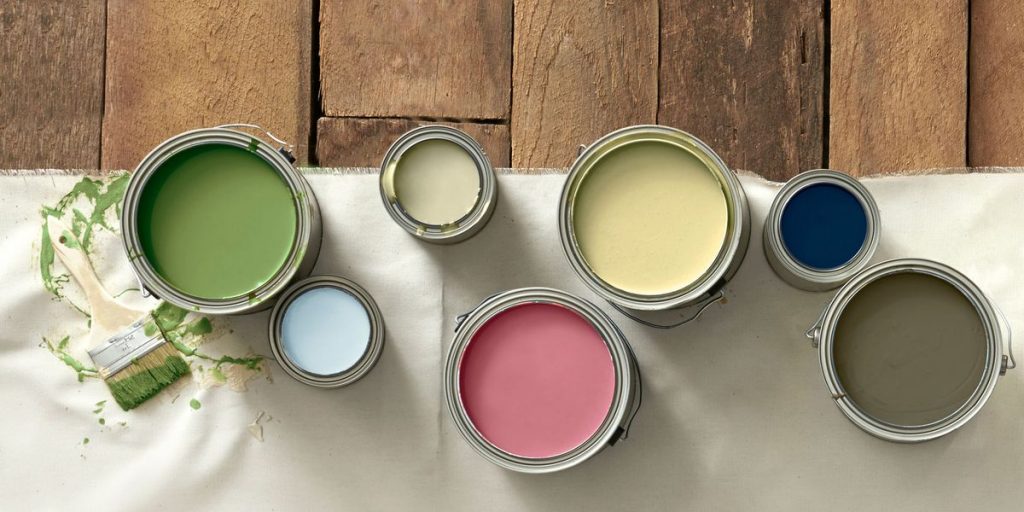Painting the interiors of a house does not seem like an intimidating job at first, however, there are several nuances and smaller aspects to consider while doing so. Often the bigger things are taken care of because they are obvious, but the smaller, lesser-known facts are some things that not many people take into account.
Here are some tips to paint the interiors of the house for an exquisite finish and durability:
- Mix several cans of paint in a large bucket – The paint colors may vary from can to can. In case, one needs to open a new can in the middle of the wall, at times there can be a noticeable difference. Using good paints like Indigo paints would reduce the possibility of this happening but mixing the paints can be a sure shot to eliminate this issue. Estimate the amount of paint you might need for certain walls, even if there is some leftover paint, it can always be poured back into the cans.
- Let the paint dry before you peel off the tape – The first step here would be to place the tape on the dry wall before the process of painting begins. It is important to remember that the tape cannot just be pulled off. Cutting the tape loose before peeling it off completely would be a good idea so that the paint does not form a film and does not tear the dried-off paint off the wall.
- Painting techniques: trim, ceiling, walls – For the best paint finish not only is it important to buy the correct can of paint, but it is equally important to follow a set order. Whether you buy paint online or in-store, this is the order you can follow. Painting the trim first is easier and faster just as it is easier and faster to trim the tape off the walls. Neatness is not a major factor here as even if the paint gets on the walls, it can be covered with the other paint. Once this is done and dried for up to 24 hours, the tape can be peeled off. Move on to then paint the ceiling and post that, the walls.
- Prime the walls – Some paints come with a mixed-in primer but some do not. Checking the paint for these specifications would be important and an unmissable step. If the paint does not contain a primer, make sure to prime the walls before the painting begins to cover up any existing chips, holes, cracks, or molds in the walls. Priming will also take care of a smooth and flawless finish.
- Prep the room – With a furniture-less room or a new house, it becomes easy to paint without splashes on the existing furniture. However, while redoing a house, either shift the furniture to another room or cover it up completely before commencing any sort of painting. Use masking tape to secure the sheets over the furniture.
Get going with painting the interiors of the house keeping these points in mind. Not only will this make the process easier, but it will also ensure minimum damage to any other aspects of the room.





More Stories
What’s the Difference Between an Electrician and an Electrical Contractor?
Is Solar Power Good Energy? How To Make It Beneficial?
Victorian Style Houses